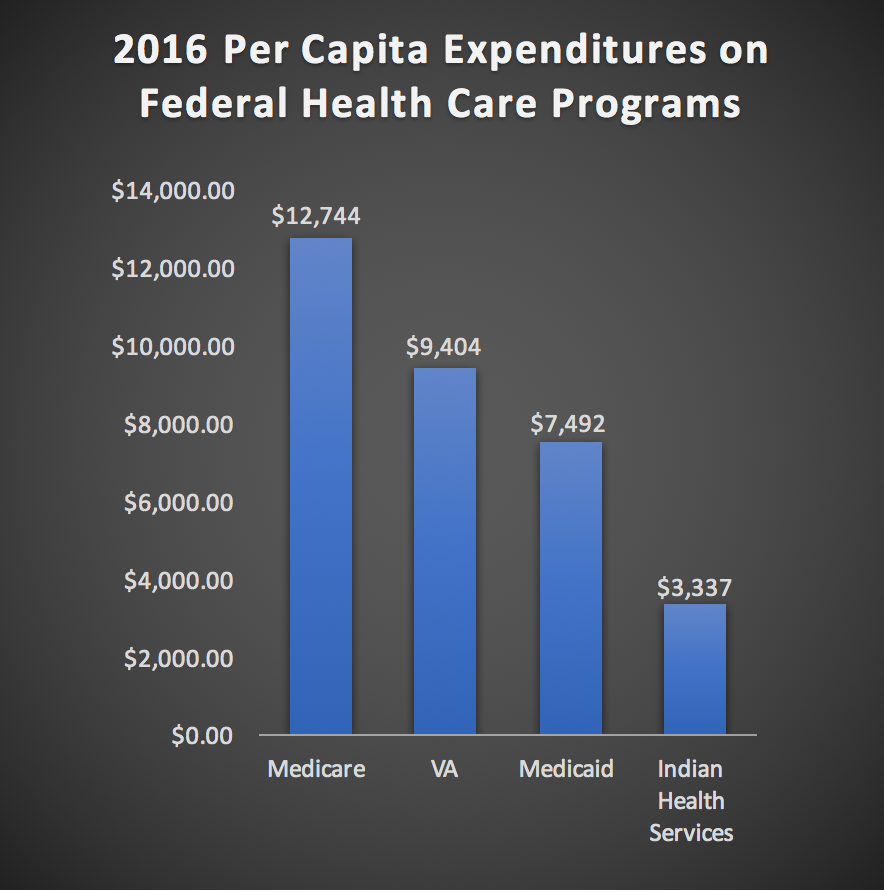

By PHUOC LE, MD and SAM APTEKAR
Most will be surprised to learn that American Indians and Alaska Natives represent the only populations in the United States with a legal birthright to health care.[1] Even though Article 25 of the UN’s Universal Declaration of Human Rights declares, “everyone has the right to a standard of living adequate for the health and well-being of himself and of his family, including…medical care and necessary social services,” U.S. federal policy only guarantees this human right to enrolled tribal members. The source of this juridical entitlement is what the United States Supreme Court has defined as the federal trust responsibility.
Between 1787 and 1871, the United States signed nearly 400 treaties with Indian tribes, in which, for the exchange of millions of acres of tribal land, the U.S. government promised in perpetuity to respect their sovereignty and provide benefits, including housing, education, and healthcare. Argued in March 1983, United States v. Mitchell is the most recent Supreme Court case establishing this principle as a matter of law. This week marks the 36-year-anniversary of that seminal case, providing us the opportunity to discuss the federal government’s failure to adequately fund the healthcare institutions that serve American Indians and Alaska Natives despite its legal responsibility to do so.
The current life expectancy for American Indians and Alaska Natives is 73 years, 5.5 years less than that of the general population. American Indians die at higher rates from heart disease, cancer, diabetes, stroke, and kidney disease. When we consider why Native communities suffer from preventable and treatable diseases at disproportionate frequencies, we must first evaluate the inequity in Congressional funding for Indian Health Services (IHS), the national agency within the Department of Health and Human Services that is responsible for providing comprehensive healthcare to the country’s enrolled American Indians and Alaska Natives.
Based on the most recent available data, per capita spending on Indian Health Services is far lower than any other federal health care agency, including Medicare, Medicaid, and the Bureau of Prisons. In 2016, Congress invested$ 3,337 per capita on Indian health care, compared to $ 5,000 on prisoners and $ 12,744 on Medicare beneficiaries. For anyone intent on remedying the perpetuation of chronic health disparities that afflict Native communities, Congress’ stark underfunding of IHS should be prioritized rectification.

According to a report published by the U.S. Commission on Civil Rights, an independent, bipartisan agency established by Congress, “Over the past 300 years, Native Americans have traded hundreds of millions of acres to the federal government in exchange for benefits to guarantee the survival and integrity of their tribes, including health care.” So why does the only population in the United States with a guarantee to healthcare at birth suffer from preventable diseases at grossly disproportionate rates? There is no easy answer to this question as it is both morally and legally reprehensible.
If we, as physicians, wish to see the actualization of the historical promises made by the U.S. government to its American Indian citizens, we must be aware of, and speak up for, the urgent need for increased funding to IHS. To be sure, this is not where the fight ends; more equitable health outcomes will only occur if we also target systemic inequality in housing, education, and income, but it is certainly a starting point we can all rally behind.
[1] There is no universally agreed-upon term for the first peoples of North America. In his influential 1998 essay, “I Am an American Indian, Not a Native American!” South Dakota activist Russel Means denounced “Native American” as a “generic government term used to describe all the indigenous prisoners of the United States.” Other activists, however, have provided differing perspectives. Ultimately, the decision lies with individuals among these communities. However, the authors of this post have selected the imperfect term “American Indian” because of its legal implications; at a 1977 United Nations conference in Geneva, the Native representatives unanimously elected the use of “American Indian,” which now predominates in legal settings.
Internist, Pediatrician, and Associate Professor at UCSF, Dr. Le is also the co-founder of two health equity organizations, the HEAL Initiative and Arc Health.
Sam Aptekar is a recent graduate of UC Berkeley and a current content marketing and blogging affiliate for Arc Health Justice.
This post originally appeared on Arc Health here.

